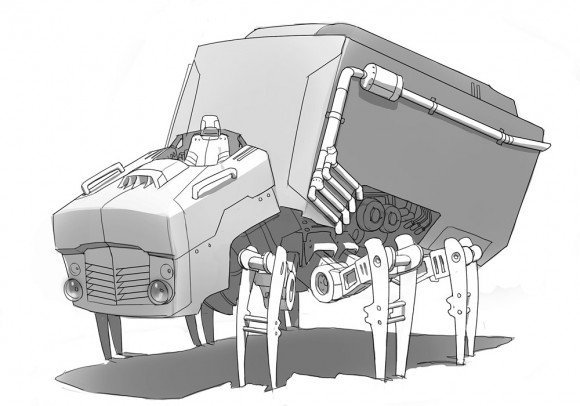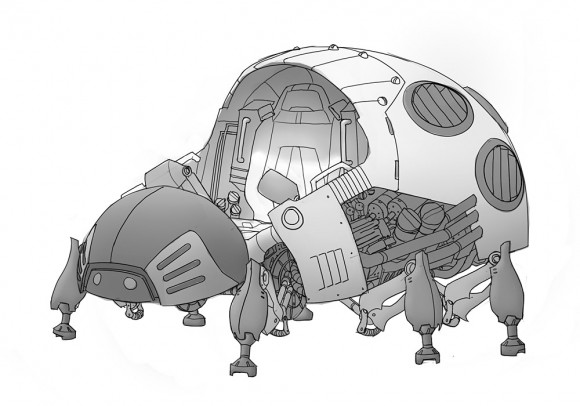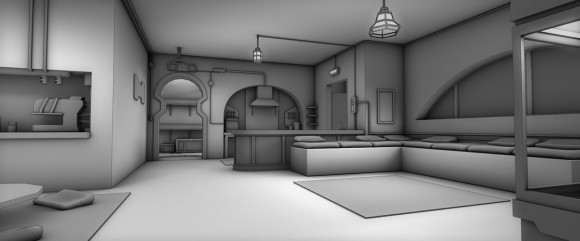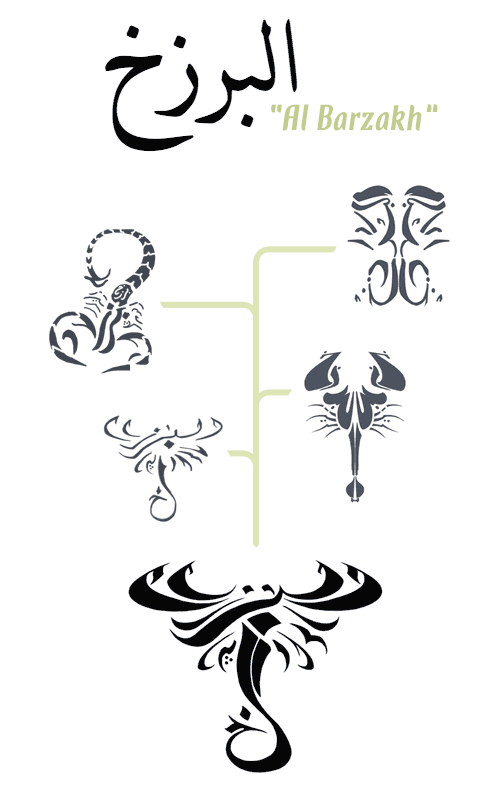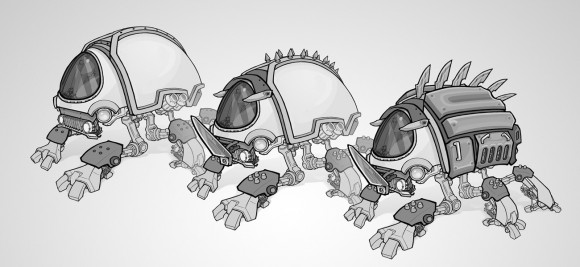The previous installment covered ways of lowering costs when negotiating a contract. But the director’s work doesn’t end there! Now that you’ve settled on a limited budget, you’ll need to get the most out your freelancer’s limited time.
It’s important to point out that your freelancers are not the enemy here. They want to give you the best possible artwork in the shortest amount of time, which should also be what you want. The key to achieving this? Communication. You, the director, need to convey to your freelancer precisely what your project needs to move forward. And precision is the word, because you can’t afford to have your freelancers stumbling around trying different styles and configurations on your dime.
To steer your freelancers to the “right” designs/concepts/models, you’ll need every tool at your disposal: e-mails, diagrams, reference art, video chats—whatever it takes.
Here are some other techniques you can use to get better work, faster:
- Have your freelancers keep their work fast and rough through multiple rounds of revisions. This is often hard to do—freelancers often want to jump to the polishing stage as quickly as possible, because for them, that’s the fun part. But keeping everything at the “pencil” stage will allow you to make revisions faster and more frequently, and it’ll also keep both of you from getting distracted by the details when you should be focused on the fundamentals.
- Start building a collection of reference art long before you start contracting anyone. For one thing, you’ll be in a better position to judge potential freelancers’ portfolios in the context of what you’re looking to see. For another thing, you’ll be able to hit the ground running once your freelancer is on the clock. Every time you find yourself saying “I don’t know, what do you think it should look like?”, you’re wasting money.
- Keep your contracts short-term, one assignment at a time. Discard freelancers who can’t get you what you want in a timely manner, and stay loyal to the ones who can. As your project unfolds, the quality of the work will increase as you fill your roster with better and better artists.
If this sounds like a lot of work, you’re right. You are essentially trading your time for money.

